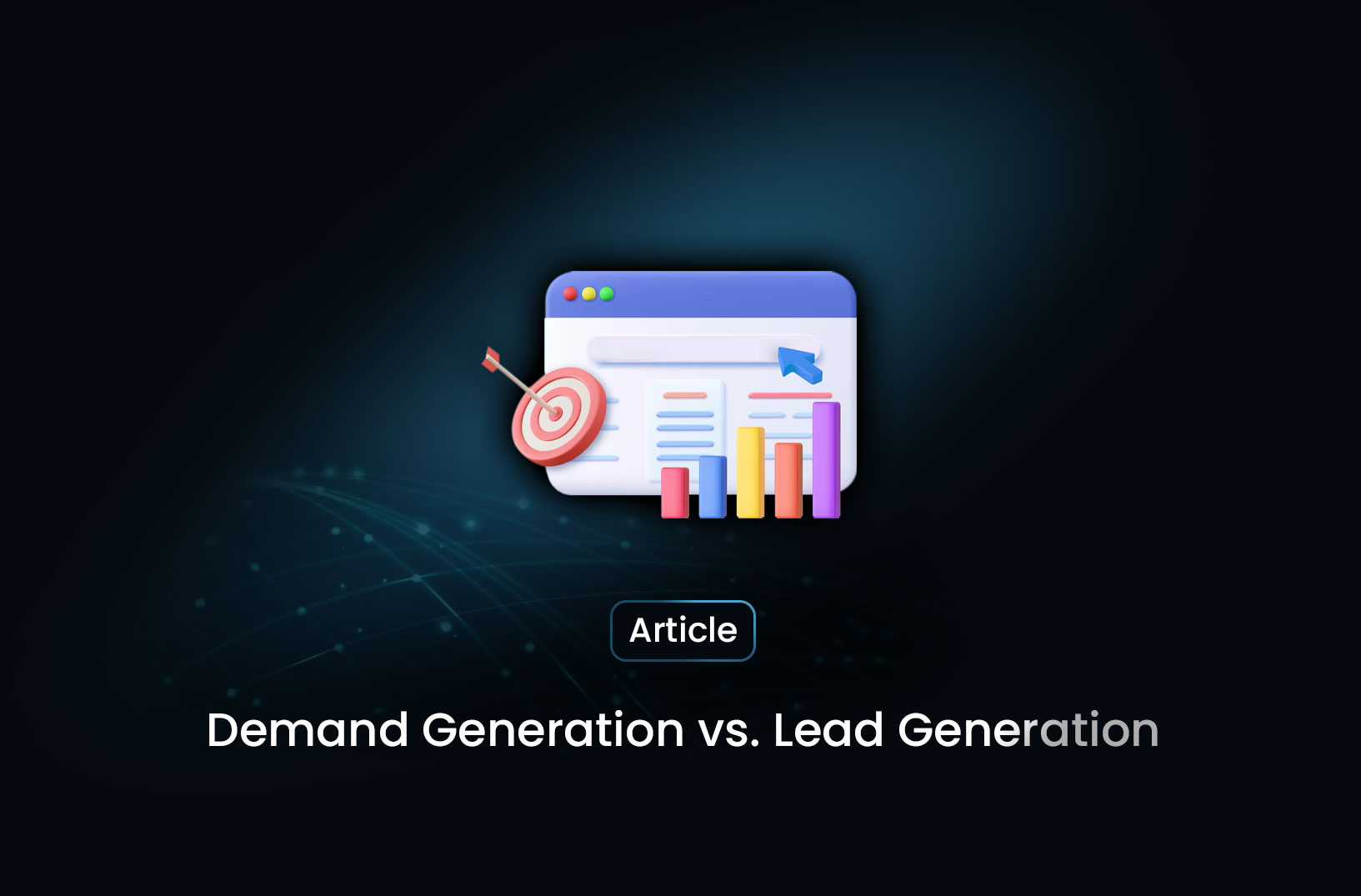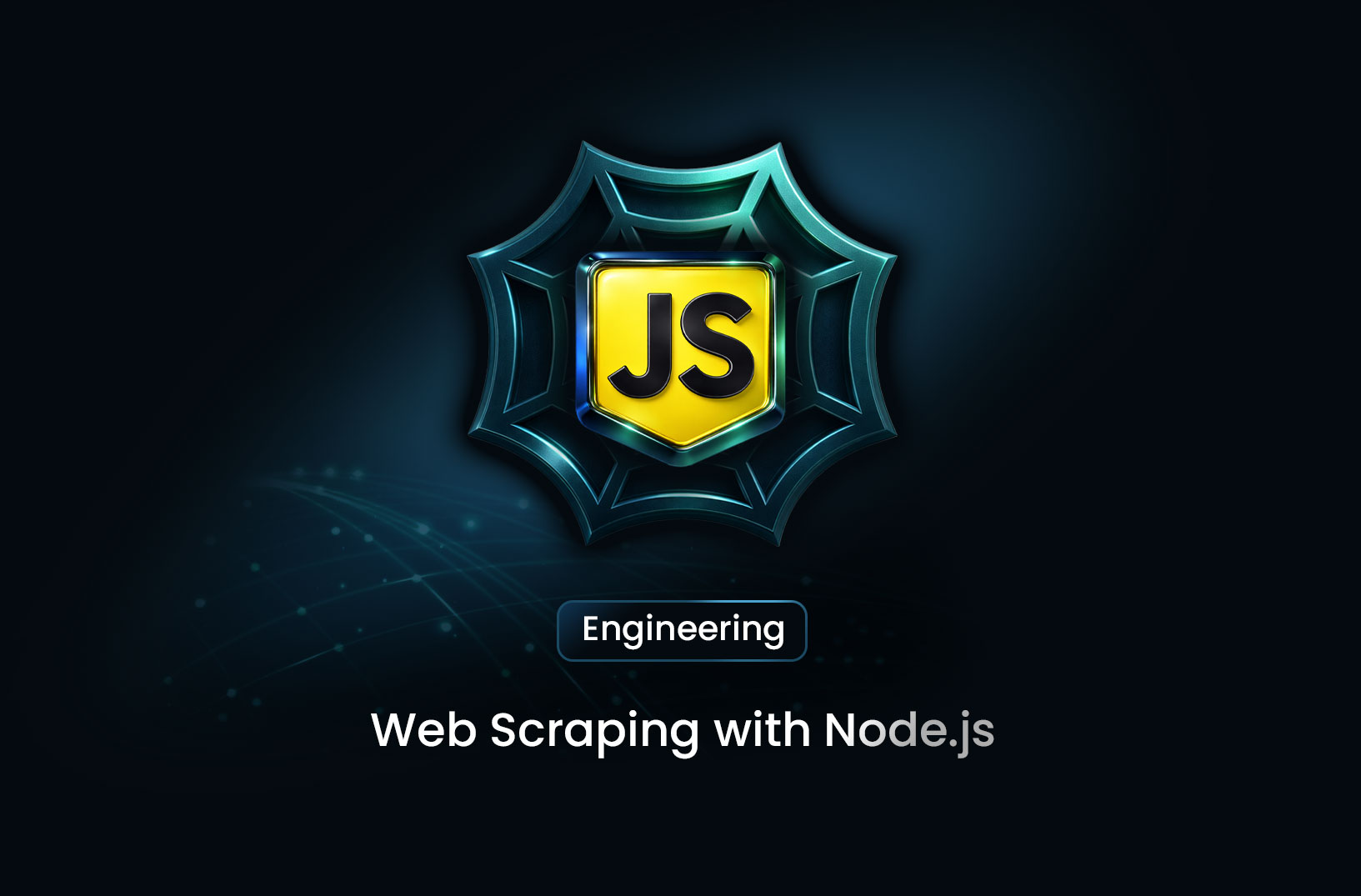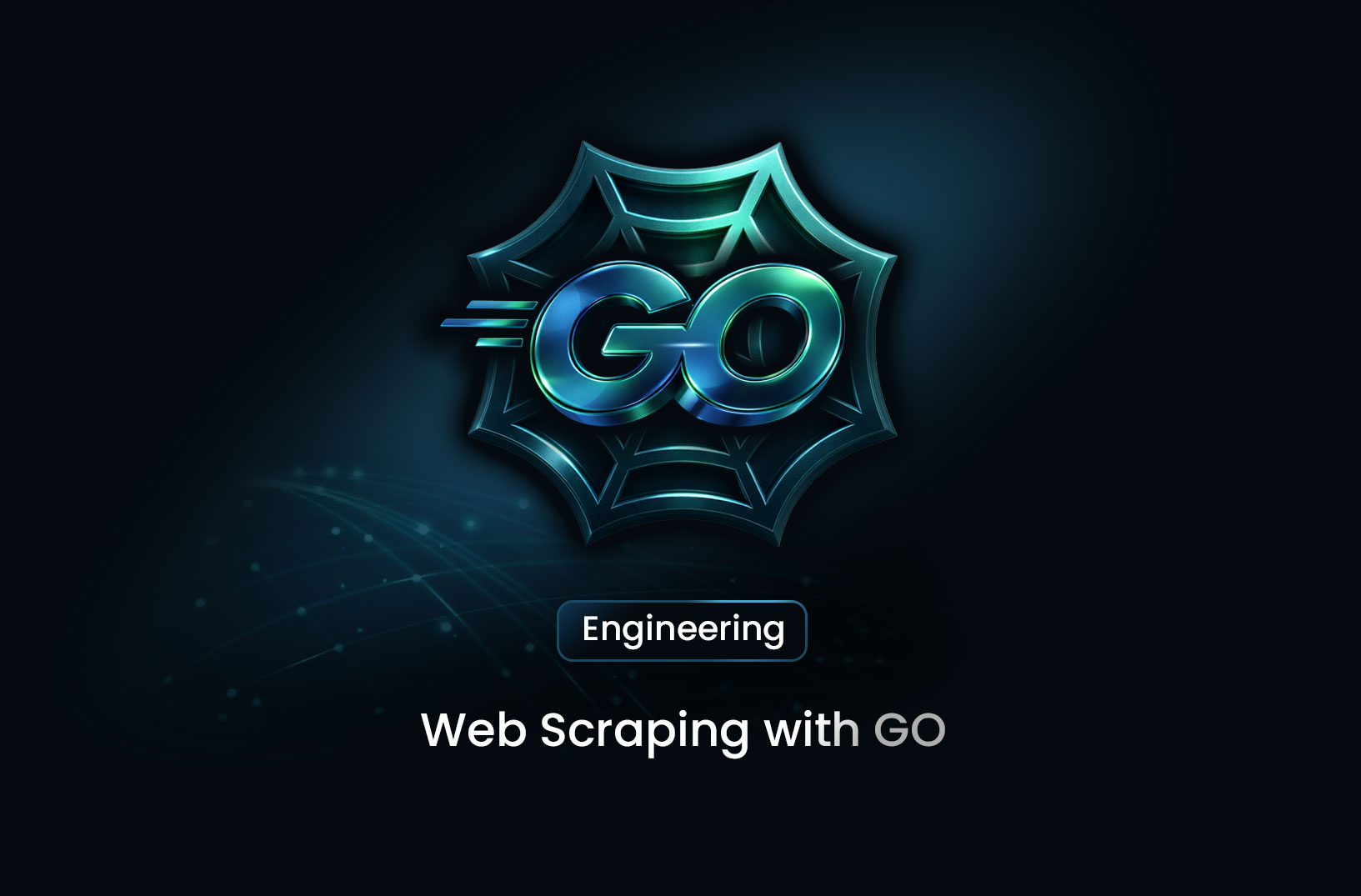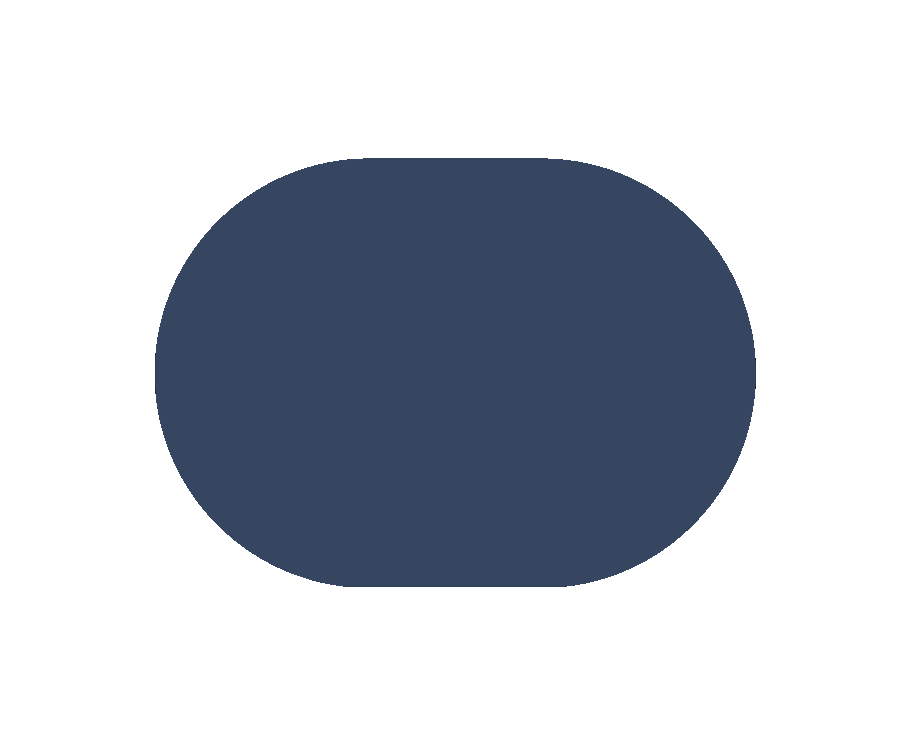
Demand Generation vs. Lead Generation: Key Differences and Strategies
ArticleDiscover the key differences between demand generation and lead generation—and how web scraping with MrScraper can boost both strategies effectively.
In the world of digital marketing, the terms demand generation and lead generation are often used interchangeably, but they serve distinct purposes. Understanding the differences between these two strategies is crucial for businesses aiming to drive growth and acquire customers effectively. In this article, we'll break down demand generation vs. lead generation, their benefits, and how web scraping can enhance both strategies.
What is Demand Generation?
Demand generation is a top-of-the-funnel strategy focused on building brand awareness and educating potential customers. The goal is to create interest in a product or service before capturing leads. Demand generation tactics include:
- Content marketing (blogs, whitepapers, ebooks)
- Social media engagement
- Webinars and online events
- SEO and organic traffic strategies
- Influencer partnerships
What is Lead Generation?
Lead generation is the process of converting potential customers into qualified leads by collecting their contact information. This is a more bottom-of-the-funnel strategy aimed at moving prospects further into the sales process. Common lead generation methods include:
- Gated content (ebooks, case studies)
- Email marketing campaigns
- PPC advertising and landing pages
- Chatbots and interactive tools
- Web scraping for prospect data
Key Differences Between Demand Generation and Lead Generation
| Feature | Demand Generation | Lead Generation |
|---|---|---|
| Focus | Brand awareness and engagement | Capturing and nurturing leads |
| Goal | Generate interest and educate | Collect contact information and convert |
| Tactics | Content marketing, social media, SEO | Forms, gated content, cold outreach |
| Metrics | Website traffic, social engagement, brand searches | Conversion rates, email signups, lead quality |
How Web Scraping Enhances Demand & Lead Generation
Web scraping is a powerful tool that can boost both demand and lead generation efforts by automating data collection and analysis. Here’s how:
Enhancing Demand Generation
- Market Research: Scrape competitor websites and industry blogs to understand trends and content gaps.
- SEO Insights: Extract keyword data from search engines to optimize content strategies.
- Social Media Monitoring: Gather insights from social platforms to track brand mentions and engagement.
Improving Lead Generation
- Prospect Data Extraction: Scrape business directories, job boards, or social platforms for potential leads.
- Email Collection: Extract contact details from publicly available sources for outreach campaigns.
- Competitor Analysis: Monitor competitor pricing and offerings to refine your lead targeting strategy.
Conclusion
Both demand generation and lead generation play crucial roles in a successful marketing strategy. Demand generation builds awareness and nurtures potential buyers, while lead generation captures and converts them into paying customers. By leveraging web scraping, businesses can automate data collection, refine their strategies, and gain a competitive edge.
Looking to automate your data extraction for better demand and lead generation? Try MrScraper and streamline your marketing efforts today!
Find more insights here

Web Scraping with Node.js: A Practical Developer Guide
Learn how to scrape websites using Node.js with practical examples. This guide covers Axios, Cheerio...

Web Scraping with Go: A Developer’s Guide
Learn how to build web scrapers using Go (Golang). This guide covers net/http, goquery, Colly, concu...

Scraping Tool: What It Is, How It Works, and How to Choose the Right One
Learn what a scraping tool is, how web scraping tools work, common use cases, and how to choose the...
